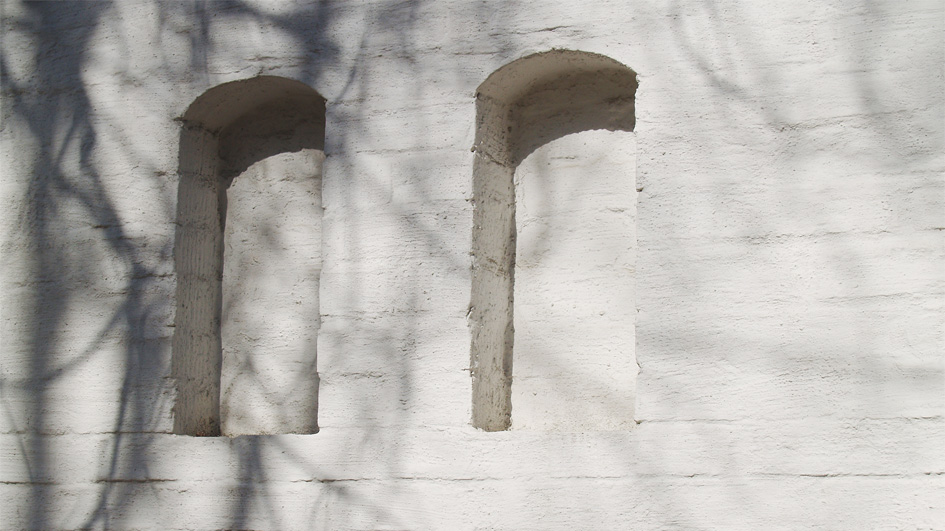We use first and third-party cookies for analytical and statistical purposes and to show you personalised advertisements based on a profile compiled from your browsing habits (e.g. pages visited). For more information, click on our Cookie Policy. You can accept all cookies by pressing 'Accept', you can reject all cookies by pressing 'Reject', or you can customize your choice by pressing 'Manage'.
Green Hydrogen Valleys: the power of a molecule driven by European funds.

The H2 molecule is strategic for Europe, China and the United States, as a significant proportion of industry cannot be decarbonised through electrification. It requires fuel with a major calorific power and only renewable hydrogen is capable of offering this. The key making sure the end price is competitive, because as present it is not. This is the main conclusion of the “Renewable energies and European funds: how to seize the moment” forum.
“European funds are expected to provide green hydrogen with impetus that it would not otherwise achieve to facilitate its development. These funds will accelerate its maturity curve. We can achieve great time savings.”

The planned investment in green hydrogen as part of the Recovery, Transformation and Resilience Plan comes to 1,550 million euros. Some lines of aid have already been opened and exhausted in 2023 and we are still waiting for the Hydrogen Valleys call for aid to be published; this initiative is Spain's major commitment to turn our country into one of the main producers, consumers and distributors of green hydrogen in Europe.
In Tarragona, they have been producing and consuming grey hydrogen, which does emit CO2, for years, making it one of the areas that satisfies the conditions for the transition to green hydrogen. This is the opinion of Isaac Justicia, director of the technical office at the Hydrogen Valley of Catalonia, an alliance of more than 280 institutions tasked with transforming the Port of Tarragona into the heart of the hydrogen corridor that in 2030 will connect to the pan-European H2Med.
The cost of producing green hydrogen is currently unable to compete with other technologies. “This is because producing green hydrogen is particularly expensive. This extra cost is particularly high when there is no aid available”, according to Isaac Justicia. This is how the United States have got ahead of the curve, thanks to instruments such as the Inflation Reduction Act, supporting the price of hydrogen in such a way that it reaches the market at no more than 4 euros/kg.
“Here, the price is around 13 or 14 euros per kg. We are a long way away from the optimal price. We are doing this because we are convinced about its potential, not because it is profitable”, added the expert.
“Hydrogen is strategic to industry, agriculture and transportation. Spain is expected to be one of the hydrogen generation poles for Europe as a whole.”
According to Daniel Ramos, from consulting firm FI Group with which Bankinter collaborates, European subsidies for hydrogen aims to counteract this “power struggle”, featuring the United States and China. With this in mind, the calls for aid require “particularly well-rooted projects”. It is not about boosting production for the sake of it, but about guaranteeing the strength of the value chain, encompassing everything from production to distribution and consumption, thus reducing costs.
The first auction will be announced in the near future”, indicated the FI Group consultant.
One of the advantages of green hydrogen compared to other energies and technologies, as well as the transport and storage options available, is that it can be diversified: fuel cells for transport, raw material for agriculture or a combustion element for heavy industries with high calorific needs. What's more, it provides the opportunity for the development of an entire industry: capital goods, electrolysers, fuel cells and R&D.
Tailor-made financing and public-private cooperation
A country-wide project of this magnitude will mobilise a huge injection of direct aid, as has already been seen so far in 2023 with the first calls for aid published, although industry requires advice and financing to be able to make investments.
The president of the Port of Tarragona, Saül Garreta, who hosted the event, made mention of the necessary public-private collaboration to successfully address the energy transition: “Administrations that provide guarantees, working for the common good to ensure that nobody is left behind, and a private business community that, in essence, is more innovative, efficient and productive”, he stressed.
Two years ago, Bankinter took the decision to provide its customers with an advisory service from the FI Group, known in Spain and Brussels for its 20 years' experience managing European funds.
The FI Group boasts a presence in 14 countries and a workforce of 1,800 specialists. Its mission, as indicated by Eduard Gallart, Deputy General Director and Regional Director for Bankinter in Catalonia,“ is to capture the value of European funds and make sure they reach Spanish companies”.

“There was a major need for information and advice. The first thing that was needed was to accompany customers, offer them advice, understand the nature of these funds and act as a bank, with loans and advances”, explained Emma Montserrat, Deputy General Director and Head of European Funds at Bankinter.
Twelve of the more than 40 agreements entered into by Bankinter with business associations across all sectors involve green hydrogen, including the agreement entered into with the Spanish Hydrogen Association (AeH2). The lines of financing opened by Bankinter in relation to these projects amount to 800 million euros.
Hydrogen Valleys: the new green energy map in Spain

Hydrogen can be produced anywhere in Spain, as it does not entail the extraction or exploitation of fossil resources, rather it is a technology that requires a certain ecosystem of water (raw material from which to extract the hydrogen molecule), renewable energy sources (wind and photovoltaic, mainly), an industry with intensive energy consumption needs and a major logistics capacity. It has been with this in mind that the Hydrogen Valley has been created.
In Spain, a dozen valleys are being created across the entire country: in addition to the Valley in Catalonia, progress is being made with those in A Coruña (Valley of Galicia), the Basque Hydrogen Corridor, the Castilla y León Valley (based in Soria), the Ebro Corridor, the valleys of Extremadura, Mallorca, Puertollano (Ciudad Real) and Cartagena and the two Andalusian valleys, one in Huelva and the other in Campo de Gibraltar.
They all have one thing in common: they are designed around a powerful existing infrastructure related to the petrochemical industry.. To date, it has been this sector, particularly refineries, that has traditionally consumed the most hydrogen (non-renewable) in Spain: 500,000 tonnes per year.
The new plans speed up the progress being made with green hydrogen in Spain
The Integrated National Energy and Climate Plan (PNIEC), approved in 2020, outlined a hydrogen roadmap which aimed to achieve 4 GW of electrolysers in 2030, with an annual production of 10 million tonnes of green hydrogen. However, the plan has fallen short and has required an update in 2023. This September, the public consultation phase came to an end. The new agenda almost triples the 2020 forecasts, estimating a capacity of 11 GW by the end of the decade.
As part of the distribution of European funds to Spain in the framework of the Recovery Plan, the Renewable Energy and Renewable Hydrogen PERTE provides for a total investment of 1,550 million euros in green hydrogen.
“In the first call for aid in relation to green hydrogen handled by IDAE this year, worth 150 million euros, projects worth approximately 750 million were submitted. The funds were exhausted and a large proportion of the projects, despite scoring well, were left out. Interest is clearly very high.”
The first lines of direct aid were published in 2023, in both the Pioneer and Value Chain categories. The first call for aid, under the heading Pioneers, managed by the IDAE (Institute for Energy Diversification and Saving), quickly exhausted the funds available. Projects worth 750 million were submitted, demonstrating the attention that this energy vector is generating, as highlighted at the workshop led by Daniel Ramos, from the FI Group.
The network of national valleys and corridors has now been complemented by the European corridor, named H2Med, spearheaded by Spain, Portugal, France and Germany at the end of 2022. This hydrogen pipeline is due to come online in 2030 and will be capable of transporting 2 million tonnes of renewable hydrogen per year to Europe from Spain, accounting for 10% of the expected energy consumption in the EU at that time.
“Hydrogen can be put to different uses: industrial, as raw material, for the purposes of energy storage and as a fuel. However, the real transformation towards the hydrogen economy requires competitive scales and costs. Offering it to the consumer, in our case the logistics and transportation sectors, at a cost that is acceptable for the end customer. A model that is on par with diesel.”
A prime example and success story as regards the provision of funds is the case of Hydrogenizing BCN. This project that was conceived in 2019 in Barcelona and brings unites, as part of a public-private partnership, the different stakeholders in the hydrogen value chain: manufacturing, distribution and consumption, in this case as part of metropolitan public transport and through a future network of service stations (hydrogen stations). Its promoter, Jeffrey Dost, who was present at the forum, has been entrusted with constructing a plant worth 50 million euros. And he has already obtained direct aid from Next Generation for the sum of 12.8 million euros. The molecule is multiplied.

